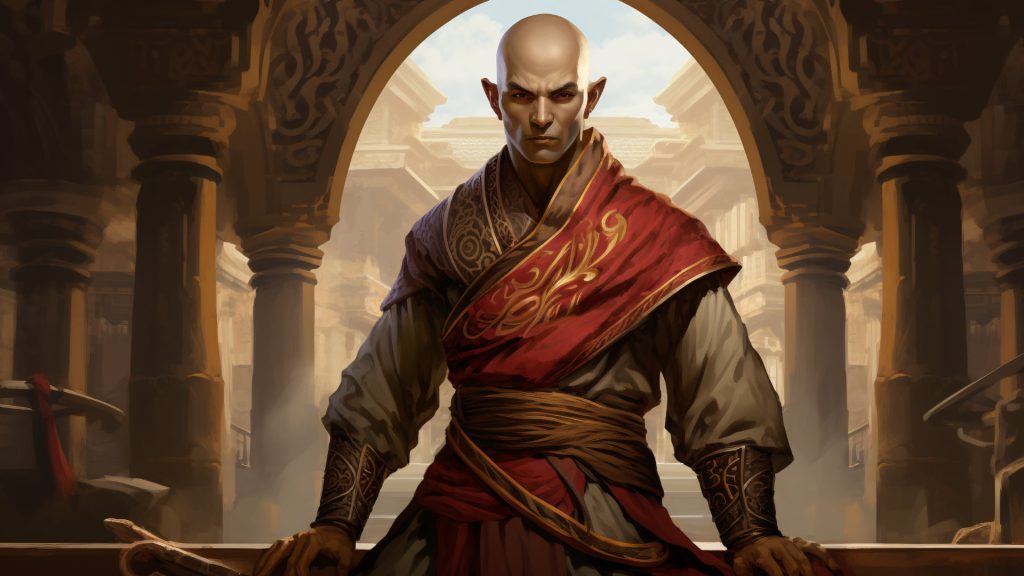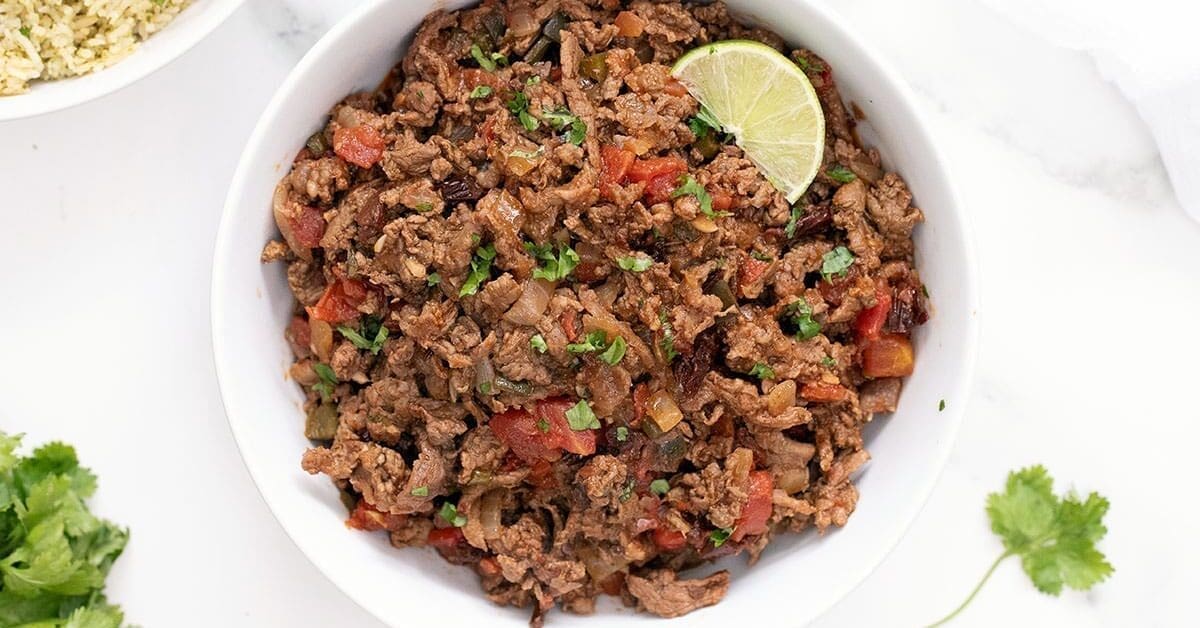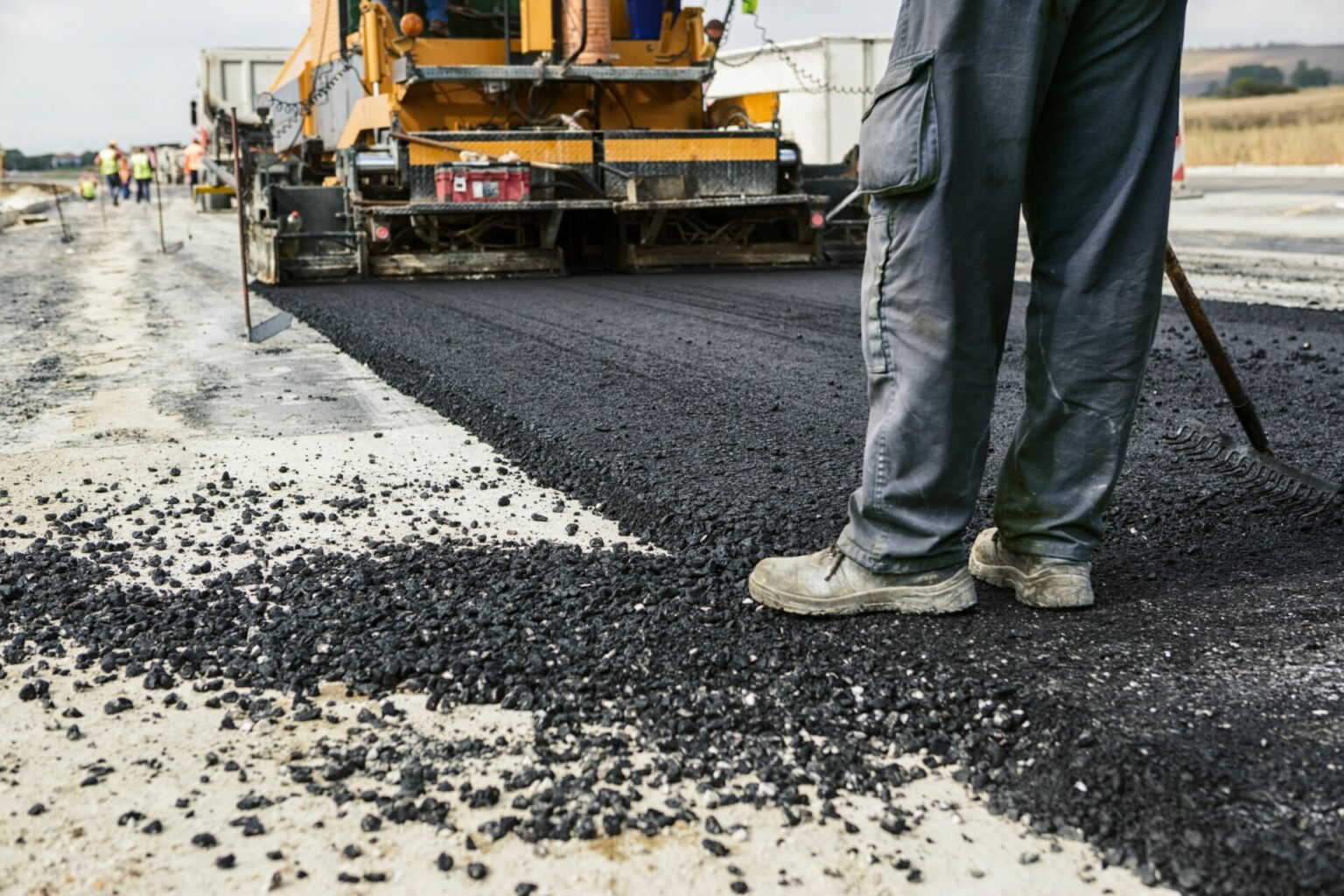In Dungeons & Dragons 5th Edition (D&D 5E), the Monk class stands out as a unique blend of martial prowess, spiritual discipline, and mystical abilities. Monks are defined by their dedication to the martial arts, using their physical and mental discipline to channel ki, a mystical energy that enhances their combat abilities. This comprehensive guide will explore the Monk 5E class in detail, covering its features, subclasses, playstyle, and how to effectively integrate a Monk into your D&D campaign.
Overview of the Monk Class
Monks in D&D 5E are a class that emphasizes agility, speed, and a deep connection to inner energy. Unlike other melee combatants, Monks rely on their dexterity and wisdom rather than strength and heavy armor. Their abilities are deeply rooted in martial arts traditions, combining unarmed strikes with special ki-powered techniques.
Core Features of the Monk
Monks have several defining features that set them apart from other classes. These include their unique use of ki, their martial arts abilities, and their proficiency in both combat and movement.
1. Martial Arts
Starting at 1st level, Monks gain the Martial Arts feature, which provides several benefits:
- Unarmed Strike: Monks can make unarmed strikes using their Dexterity modifier instead of Strength, and they deal damage based on their Monk level. At 1st level, this damage is 1d4 and increases as the Monk gains levels.
- Martial Arts Bonus Attack: When a Monk takes the Attack action with an unarmed strike or a monk weapon, they can make one unarmed strike as a bonus action.
- Unarmored Defense: Monks benefit from Unarmored Defense, which allows them to use their Dexterity and Wisdom modifiers to calculate their Armor Class (AC) instead of wearing armor.
2. Ki
At 2nd level, Monks learn to harness their inner energy, known as ki. They have a pool of ki points equal to their Monk level, which they can use to perform special abilities:
- Flurry of Blows: After taking the Attack action, a Monk can spend 1 ki point to make two unarmed strikes as a bonus action.
- Patient Defense: By spending 1 ki point, Monks can take the Dodge action as a bonus action, giving them advantage on Dexterity saving throws and making attacks against them have disadvantage.
- Step of the Wind: Using 1 ki point, Monks can take the Dash or Disengage action as a bonus action, enhancing their mobility.
3. Deflect Missiles
At 3rd level, Monks gain the ability to deflect and catch ranged weapon attacks. When hit by a ranged weapon attack, a Monk 5E can use their reaction to reduce the damage by 1d10 + their Dexterity modifier + their Monk 5E level. If the damage is reduced to 0, they can catch the missile and, if desired, make a ranged attack with it.
4. Slow Fall
At 4th level, Monks can use their reaction to reduce falling damage by an amount equal to five times their Monk level.
At 5th level, Monks can attack twice, instead of once, whenever they take the Attack action on their turn.
6. Stunning Strike
At 5th level, Monks can use a ki point to attempt a Stunning Strike when they hit a creature with a melee weapon attack. The target must make a Constitution saving throw or be stunned until the end of the Monk’s next turn.
7. Ki-Empowered Strikes
Starting at 6th level, Monks’ unarmed strikes count as magical for overcoming resistance and immunity to non-magical attacks and damage.
8. Evasion
At 7th level, Monks can use their reaction to take no damage on a successful Dexterity saving throw against effects that deal half damage on a success.
9. Stillness of Mind
At 7th level, Monks can use an action to end one effect on themselves that is causing them to be charmed or frightened.
10. Unarmored Movement
Starting at 2nd level, Monks gain increased speed while not wearing armor or wielding a shield. Their speed increases by 10 feet, and this bonus improves as they level up.
Monk Subclasses
At 3rd level, Monks choose a subclass known as a Monastic Tradition. Each tradition offers unique abilities and thematic elements, shaping the Monk 5E playstyle and role within a party. The key Monastic Traditions in the Player’s Handbook are:
1. Way of the Open Hand
The Way of the Open Hand focuses on unarmed combat and manipulating opponents. Key features include:
- Open Hand Technique: When using Flurry of Blows, Monks can impose additional effects like knocking the target prone or pushing them away.
- Wholeness of Body: Starting at 6th level, Monks can use their action to regain hit points equal to three times their Monk level.
- Tranquility: At 11th level, Monks gain the ability to cast the Sanctuary spell without expending a spell slot or requiring concentration.
- Quivering Palm: At 17th level, Monks can use an action to create a lethal vibration in a creature’s body, forcing it to make a Constitution saving throw or be reduced to 0 hit points.
2. Way of Shadow
The Way of Shadow emphasizes stealth and deception, with abilities like:
- Shadow Arts: Monks can use ki points to cast spells such as Darkness, Darkvision, Pass without Trace, and Silence.
- Shadow Step: Starting at 6th level, Monks can use their bonus action to teleport between areas of dim light or darkness.
- Cloak of Shadows: At 11th level, Monks can use an action to become invisible for 1 minute.
- Opportunist: At 17th level, Monks can use their reaction to make an unarmed strike against a creature that misses them with an attack.
3. Way of the Four Elements
The Way of the Four Elements allows Monks to harness elemental forces. Key features include:
- Disciple of the Elements: Monks can spend ki points to cast spells like Fist of Unbroken Air, Water Whip, Burning Hands, and Stone Shape.
- Elemental Disciplines: At 6th level, Monks can choose additional elemental disciplines, enhancing their versatility.
- The Elemental Attunement: At 11th level, Monks can use their action to cast spells related to their elemental discipline without expending spell slots.
- Quivering Palm: At 17th level, Monks can use their action to create a powerful elemental strike, dealing massive damage to a creature.
Playstyle and Strategy
Monks are versatile characters who excel in both combat and mobility. Here are some strategies for playing a Monk effectively:
1. Focus on Dexterity and Wisdom
Monks rely on Dexterity for their attack rolls and Armor Class, while Wisdom enhances their ki abilities and certain subclass features. Prioritize these attributes when building your Monk.
2. Utilize Ki Wisely
Managing ki points is crucial. Use them for Flurry of Blows to maximize your damage output, Patient Defense for enhanced survivability, and Step of the Wind for mobility. Remember that ki points are a limited resource, so use them strategically.
3. Exploit Mobility
Monks have high mobility with their increased movement speed and abilities like Step of the Wind. Use this to your advantage to stay out of reach, flank enemies, or escape dangerous situations.
4. Master Unarmored Defense
With Unarmored Defense, Monk 5E can achieve a high Armor Class without the need for armor. Combine this with your mobility to avoid taking damage and stay in the fight longer.
5. Leverage Subclass Features
Each Monastic Tradition offers unique abilities that can shape your playstyle. Choose a subclass that complements your preferred tactics, whether you want to focus on unarmed combat, stealth, or elemental magic.
Role in a Party
Monks can fill various roles in a party, including:
- Damage Dealer: With their high mobility and unarmed strikes, Monks excel at dealing damage. Use Flurry of Blows and ki-powered abilities to maximize your offensive capabilities.
- Tank: Monks can function as front-line fighters, using their high AC and mobility to absorb damage and protect more vulnerable party members.
- Support: Some Monastic Traditions, like the Way of the Open Hand, provide healing and defensive abilities, making Monks effective support characters.
- Scout: With their increased movement speed and abilities like Shadow Step, Monks are excellent scouts, capable of navigating dangerous areas and gathering information.
Conclusion
The Monk 5E class in D&D 5E offers a rich and diverse play experience, combining martial prowess with mystical abilities. Whether you choose to focus on unarmed strikes, stealth, or elemental magic, Monks provide a unique and engaging way to experience the game. Their flexibility in combat, exceptional mobility, and distinctive features make them a compelling choice for players who enjoy a blend of physical and mystical mastery. Embrace the way of the Monk 5E, and you’ll find yourself at the forefront of action, capable of incredible feats both on and off the battlefield.
Frequently Asked Questions (FAQs)
1. What is a Monk in Dungeons & Dragons 5E?
In Dungeons & Dragons 5th Edition (D&D 5E), a monk 5e is a class known for its martial arts prowess, spiritual discipline, and mystical abilities. Monks use their Dexterity and Wisdom to enhance their combat abilities and harness ki, a form of inner energy, to perform special techniques and abilities.
2. What are the core features of the Monk class?
Key features of the Monk class include:
- Martial Arts: Allows Monks to use Dexterity for unarmed strikes and deal increasing damage as they level up.
- Ki: A resource used for special abilities like Flurry of Blows, Patient Defense, and Step of the Wind.
- Deflect Missiles: Enables Monks to reduce or catch ranged weapon attacks.
- Extra Attack: Allows Monks to attack twice when they take the Attack action.
- Stunning Strike: Lets Monks attempt to stun enemies with a melee attack.
- Unarmored Movement: Increases the Monk’s movement speed when not wearing armor.
3. What are the Monk’s subclasses in 5E?
The core subclasses for Monks in D&D 5E are:
- Way of the Open Hand: Focuses on unarmed combat and manipulating opponents with special techniques.
- Way of Shadow: Emphasizes stealth, deception, and shadow magic.
- Way of the Four Elements: Allows Monks to harness and cast elemental spells.
4. How does ki work for Monks?
Ki is a resource that Monks use to perform special abilities and techniques. Monks have a pool of ki points equal to their Monk level, and they can use these points to activate abilities such as Flurry of Blows, Patient Defense, and Step of the Wind.
5. What is the significance of the Monk’s Unarmored Defense?
Unarmored Defense allows Monks to use their Dexterity and Wisdom modifiers to calculate their Armor Class (AC) instead of wearing armor. This makes Monks highly effective in avoiding damage while maintaining their mobility.
6. How do Monks utilize their mobility in combat?
Monks have several features that enhance their mobility, including increased movement speed from Unarmored Movement and abilities like Step of the Wind. They can use their agility to maneuver around the battlefield, avoid attacks, and position themselves strategically.
7. Can Monks heal or support their allies?
Yes, some Monastic Traditions provide healing and support abilities. For example, the Way of the Open Hand allows Monks to use Wholeness of Body to heal themselves, and the Way of Shadow includes abilities that can aid in stealth and deception.
8. What makes the Monk class unique compared to other melee combatants?
Monks are unique in that they do not rely on heavy armor or weapons. Instead, they use their Dexterity and Wisdom to enhance their combat abilities, focusing on unarmed strikes and ki-powered techniques. Their high mobility, versatile abilities, and reliance on inner energy set them apart from other melee classes.
9. How does the Monk’s Stunning Strike work?
Stunning Strike allows Monks to spend 1 ki point to attempt to stun a creature they hit with a melee weapon attack. The target must make a Constitution saving throw or be stunned until the end of the Monk’s next turn. This ability can be used to incapacitate powerful foes and control the battlefield.
10. What are some effective strategies for playing a Monk?
Effective strategies for playing a Monk include:
- Focusing on Dexterity and Wisdom to maximize your attack effectiveness and defensive capabilities.
- Managing your ki points wisely to make the most of your special abilities.
- Using your mobility to avoid damage and position yourself advantageously in combat.
- Leveraging your subclass features to complement your playstyle, whether it’s dealing damage, stealth, or casting spells.

 Blog7 months ago
Blog7 months ago
 Sports9 months ago
Sports9 months ago
 Games9 months ago
Games9 months ago
 Tech8 months ago
Tech8 months ago
 App9 months ago
App9 months ago
 Sports9 months ago
Sports9 months ago
 Tech7 months ago
Tech7 months ago
 Entertainment8 months ago
Entertainment8 months ago



